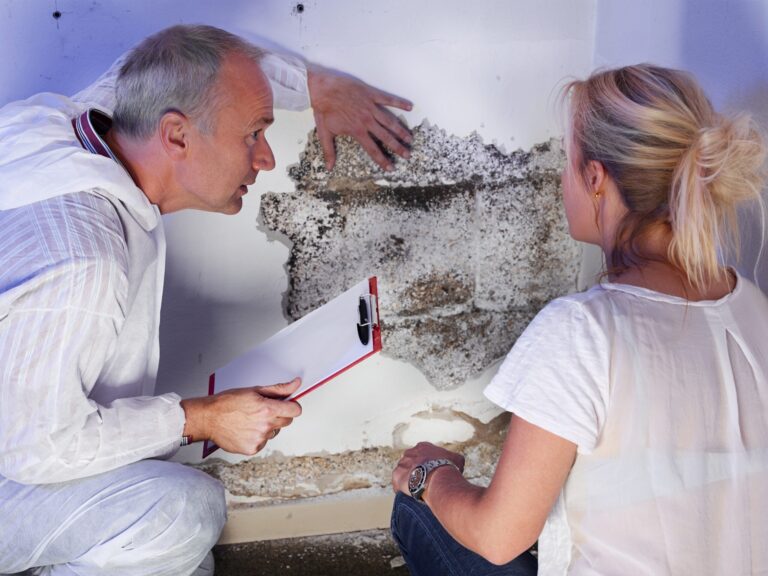Mold is a common issue that many homeowners may face in their living spaces. It can be harmful to both the property and the health of those living in it.
Identifying signs of mold early on is crucial in order to address the problem before it becomes a larger issue. From musty odors to visible mold growth, there are several key indicators to be aware of when inspecting your home for mold.
In this article, we will discuss the essentials of mold inspection and how to recognize the signs of mold in your living spaces. By being proactive and knowledgeable about mold prevention and detection, you can ensure a healthy and safe environment for you and your loved ones.
Understanding the Importance of Mold Inspection
 Understanding the importance of mold inspection is essential for maintaining a healthy living environment. Mold can pose serious health risks to individuals, including respiratory issues, allergies, and even neurological problems.
Understanding the importance of mold inspection is essential for maintaining a healthy living environment. Mold can pose serious health risks to individuals, including respiratory issues, allergies, and even neurological problems.
By conducting regular mold inspections, homeowners can identify and address any mold growth early on, preventing further health complications and damage to the property. Mold inspections also help in pinpointing the underlying causes of mold growth, such as water leaks or excess humidity, allowing for effective remediation strategies to be implemented.
Overall, prioritizing mold inspection in your living spaces is key to protecting your health and maintaining the structural integrity of your home.
Common Signs of Mold in Your Home
One of the most common signs of mold in your home is the presence of a musty odor. If you notice a strong, musty smell in certain areas of your house, it could be a sign that mold is lurking nearby.
Another telltale sign of mold is the appearance of dark, discolored patches on walls, ceilings, or floors. These patches may appear green, black, or even orange in color, and typically indicate the presence of mold growth.
Additionally, if you or your family members are experiencing increased allergies or respiratory issues when inside your home, this could also be a sign of mold contamination. It is important to address any signs of mold in your living spaces promptly to prevent further health risks and damage to your property.
Where to Look for Mold in Your Living Spaces
![]() To effectively identify mold in your living spaces, it is important to know where to look. Start by checking areas that are prone to moisture, such as bathrooms, kitchens, and basements.
To effectively identify mold in your living spaces, it is important to know where to look. Start by checking areas that are prone to moisture, such as bathrooms, kitchens, and basements.
Look for any visible signs of mold, such as dark spots or discoloration on walls, ceilings, or floors. Pay close attention to areas where water may collect, such as around sinks, showers, and windows.
Additionally, check hidden spaces like behind furniture, appliances, and in closets. Remember that mold can also grow in air ducts, crawl spaces, and attics.
Regularly inspecting these areas can help you catch mold growth early and prevent it from spreading throughout your home.
Tools and Techniques for Mold Detection

There are a variety of tools and techniques available for detecting mold in your living spaces. Some common tools used for mold detection include moisture meters, infrared cameras, and air sampling devices.
Moisture meters can help identify areas of high moisture, which can indicate the presence of mold. Infrared cameras can detect hidden moisture sources behind walls or ceilings.
Air sampling devices can capture mold spores in the air, providing valuable information about the extent of mold contamination in your home. By utilizing these tools and techniques, you can effectively identify signs of mold and take necessary steps to address the issue before it becomes a bigger problem.
Conclusion
In conclusion, detecting the presence of mold in your living spaces is crucial for maintaining a healthy indoor environment. Identifying signs such as musty odors, water stains, and visible growth can help you take proactive measures to address the issue before it becomes a larger problem.
Regular mold inspections, including Tampa mold testing, can provide valuable insights into the level of mold contamination and help you implement effective remediation strategies. By staying vigilant and addressing mold issues promptly, you can create a safe and healthy home for you and your family.

